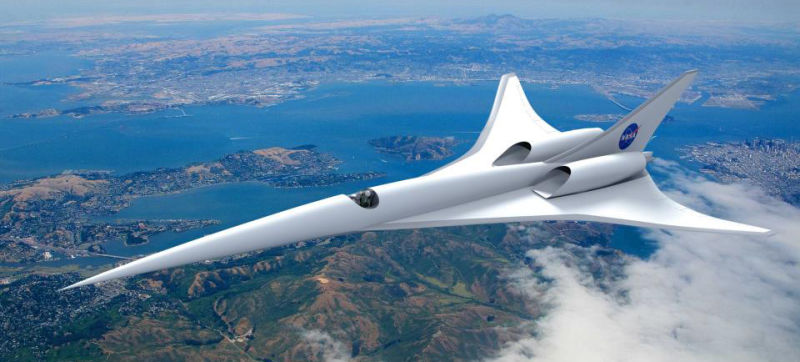
Hypersonic travel is described as flight through the atmosphere below 90 km at a speed above Mach 5 (5 times the speed of sound). That means traveling from London to New York could only take about 2 hours. The concept has been around for a long time but applying the theory to practice is a different story.
It’s not an impossible task but the problem has always been how to handle the extreme heat at high speeds. Now, thanks to advanced aerospace engineering, a special ceramic has been developed making hypersonic air travel a real possibility.
Brief History of Hypersonic Travel
The first manufactured object to achieve hypersonic speed was the Nazi German V2 rocket used in World War II. It reached an incredible speed of Mach 5 (3 836 mph or 6 138 kph) but burned upon re-entry.
April 1961 saw the first human travel at hypersonic speed during the first ever piloted orbital flight. One month later, Alan Shepard, became the second person to achieve hypersonic flight. His capsule re-entered Earth’s atmosphere above Mach 5.
October 1967 saw a record breaking flight of the North American X-15 rocket-powered plane. This was the US Air Force experimental aircraft which reached breakneck speeds of Mach 6.72 or 4 520 mph (7 242 km/h). It broke the record for altitude as well reaching the edge of outer space. This resulted in valuable data which would later be used in aircraft and spacecraft design and construction.
Can’t stand the heat?
The downside to traveling at such high speeds is the extreme temperatures that build up around the edges of the craft. These temperatures can reach between 2000° and 3000° C which causes oxidation and ablation to the toughest planes of today. Not only does it strip layers of metals from the surface; turbines, wing edges and other components are prone to rapidly deteriorate.
The key to overcoming this obstacle is the development of a ceramic capable of withstanding such extreme temperatures. A collaborative research team from the University of Manchester and Central South University of China has started working with ZrC (Zirconium Carbide). It’s the same material used in drill bits for power tools which we know are very strong and heat resistant. Scientists claim ZrC is 12 times better than current UHTC’s (ultra-high temperature ceramics).
Researchers used a process called reactive melt infiltration (RMI) when making the material. This involves the penetration of elements such as zirconium, titanium and boron reinforcing it with carbon-carbon composite. RMI makes the ceramic much tougher, much harder and highly resistant to any surface deterioration at hypersonic speeds. In fact, Formula One racing cars often use carbon-carbon composites in their brakes as they need to handle extreme forces at high speed.
Commercial Hypersonic Travel
Unfortunately for those frequent flyers, commercial hypersonic travel is still some years away. However, there are currently some really interesting projects like the Boom Supersonic passenger airline which could revolutionize air travel as we know it. The first test flight is scheduled for some time next year.
In November of 2016, Richard Branson teamed up with Boom to work on a prototype aircraft promising a flight time of just 3.5 hours between London and New York. Branson, along with Bake Scholl, plans to launch the first supersonic passenger flight in 2023. They claim the Boom will succeed where the Concorde failed due to lighter materials and improved technology.
Tickets will be about the same as business class which is still rather expensive for the average Joe. It is, however, a much improved scenario than Concorde where only the elite could afford it and was mainly something on everyone’s bucket-list.
We are on the verge of something really special and I can’t wait to travel from London to Singapore in a fraction of the time. Are you involved in the aerospace industry? What developments do you see happening in the industry in the future?
PRV Engineering manufactures for an expanse of industries including Oil and Gas, Automotive, Rail, Construction, Aerospace and Defense among others. Get in touch if you need help with your project.
This site uses Akismet to reduce spam. Learn how your comment data is processed.


 Mail:
Mail: 




Leave a Comments